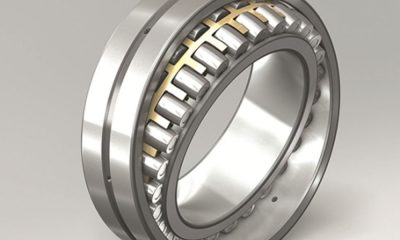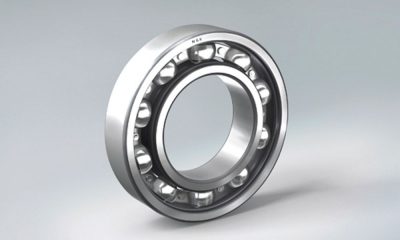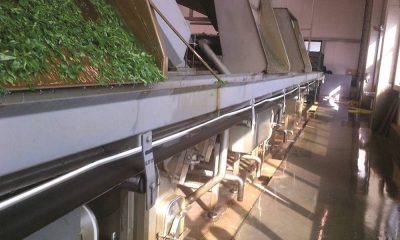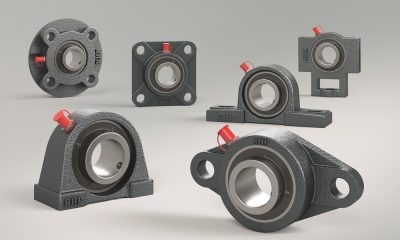Bearings
Plain bearings manufacturers offering only one product
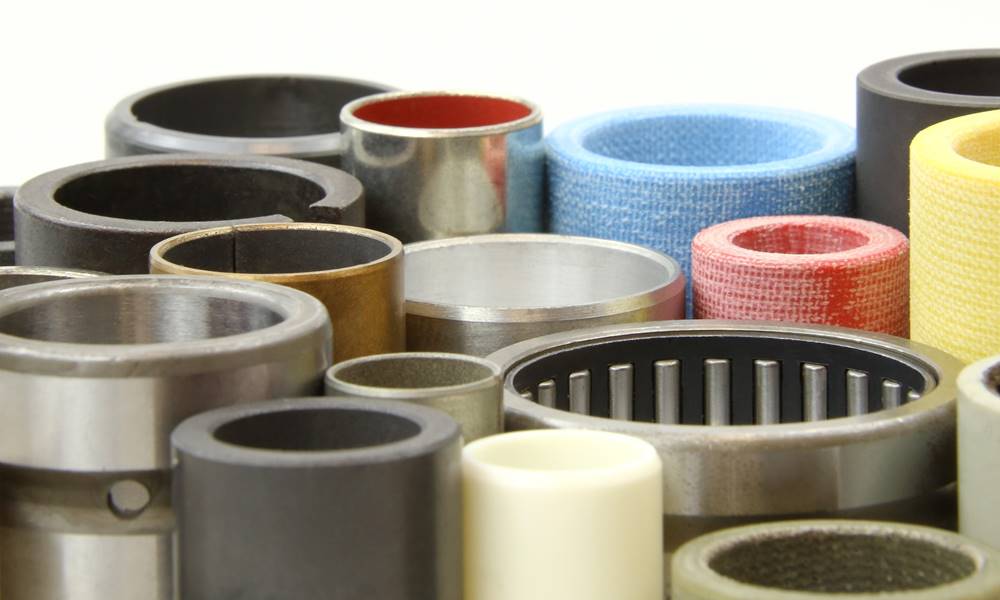
Choice is good. Choice is healthy. Having options allows us to select the most relevant, the most efficient, the most cost-effective, the most attractive, the most compatible option. A “one size fits all” approach is rarely auspicious unless one is purchasing a pair of socks. Sartorial convenience aside, choice is what people want. We want to be presented with options and make our own decisions based on what is best for us. This is particularly apt in the bearings industry today. Choice allows businesses to select the most efficient solution for their specific projects. Manufacturers who are able to provide their customers with a range of products and provide unpartisan advice on the best product range for a given application are surely much more relevant than those who restrict themselves to one material and attempt to “shoe-horn” it into applications where something else is more suited? Here Craig Clydesdale explores the benefits of product choice and the folly of manufacturers who restrict themselves to just one.
Different Characteristics
Since the very first bearing was patented by the British inventor Philip Vaughan in the 18th century, plain bearings have been made from a multitude of materials to suit a vast range of applications. Typical materials have been wood, bronze, steel/composite, ceramic, glass, sapphire, plastic to name but a few. The list is endless.
Today the most prevalent materials are bronze, metal composites and plastic. Each of these materials has its own unique characteristics which lend them to being more suitable than others for certain applications.
For example; sintered bronze bearings are durable and have good load bearing capabilities, are impregnated with lubricant, can withstand high temperatures, run at high speeds and have excellent corrosion resistance. Hard rolled bronze bearings are durable and can take high loads, can withstand high temperatures, need lubrication and can run at medium to high speeds and have excellent corrosion resistance. Plastic bearings have good sliding properties, are limited on load and temperature and are not good when subjected to high loads when stationary for long periods. They do have excellent corrosion and chemical resistance.
Steel composite bearings mostly are of the wrapped type are usually self-lubricated, can take high loads, can withstand high temperatures and can run at medium to high speeds. Exposure to corrosion needs to be addressed.
Everything in its place
On all projects, multiple considerations are made regarding the bearing application conditions and just what is the best solution to handle such conditions. Temperature, load, lubrication, contamination, speed and interval of use are just a few of these considerations. After these application deliberations, regard needs to be paid to things like ease of maintenance, lubrication and unit cost. The luxury of being able to choose the precise material that will be able to withstand application conditions, lends itself to easy maintenance (or indeed no maintenance) and come within budget is not only convenient but indeed vital to the success of the overall project.
Lets take the purely hypothetical scenario of the installation of a retractable roof onto a sports stadium: The project manager approaches a very reputable manufacturer to install the bearings on the roof. However, this manufacturer can only offer one type of material. Whilst this material is perfectly suited for an array of applications across many industries, the extreme load of the stadium roof causes the bearings to deform after a period of inactivity and the roof to jam the next time it is activated. At great cost and embarrassment, the project manager now needs to remove the previous bearings and approach a supplier who can offer a more suitable material for this bespoke project. This example, whilst hypothetical, is extremely relevant today. Different applications will always require different materials. There is no “one size fits all” range of bearing that is suitable for all applications. If we go back to our clothing analogy for a moment; it is obvious that leather is a fantastic material for all manner of apparel, but there are more appropriate materials when a manufacturer is producing shirts or hosiery.
Conclusion
The point that should to be seriously addressed by engineers and buyers is the need to ensure that when enquiring of manufactures or suppliers, that they do not receive biased advice especially from companies that can only offer one range of product. The “one type fits all” claim can lead to serious design problems and ultimately failure in the field.
Manufacturers who can offer plastic, bronze, steel and composite materials etc. are able to look at each individual project with unbiased eyes. They are not slaves to a particular material and are therefore able to make impartial recommendations as opposed to manufacturers who erroneously state that one range can “do it all”. For the peace of mind to know that you have the correct bearing solution for your project, it is always best to speak to a supplier who can give you a choice of materials.

-
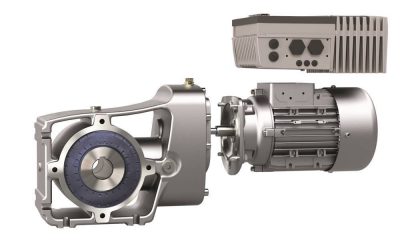
 Drive systems4 years ago
Drive systems4 years agoIntelligent frequency inverters for digital production
-
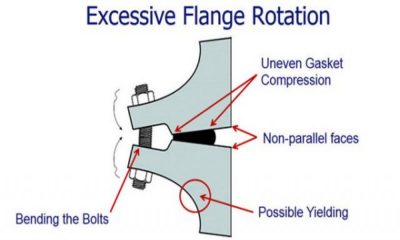
 Industrial Hardware and Machine Parts7 years ago
Industrial Hardware and Machine Parts7 years agoThe necessity of bolted flange connection training
-
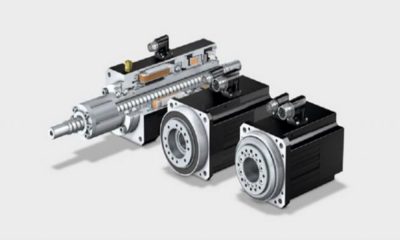
 Motors7 years ago
Motors7 years agoNew generation of hollow shaft motors
-

 Industrial Hardware and Machine Parts7 years ago
Industrial Hardware and Machine Parts7 years agoABB and Formula E partner to write the future of e-mobility
-
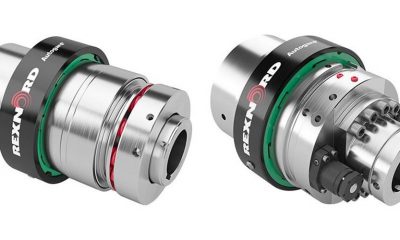
 Industrial Hardware and Machine Parts7 years ago
Industrial Hardware and Machine Parts7 years agoRexnord adds to its Autogard Torque Limiters with the XG Series
-

 Motors7 years ago
Motors7 years agoZF Technology on the Winners’ Podium of the Dakar Rally 2017
-
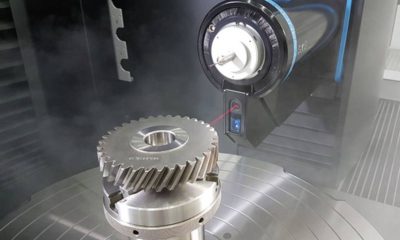
 Gear drives6 years ago
Gear drives6 years agoKlingelnberg at control 2018: Tactile and optical measurement on one machine
-
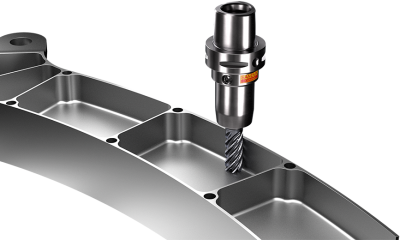
 Motors7 years ago
Motors7 years agoGet a first-class ticket to productivity
-
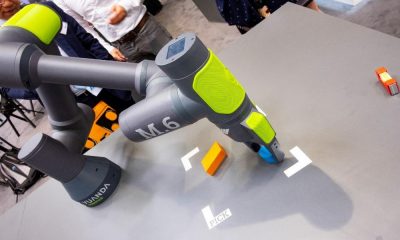
 Motion control6 years ago
Motion control6 years agoWhere the robots come from?
-
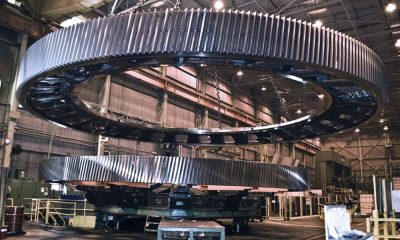
 Motion control6 years ago
Motion control6 years agoRexnord to Acquire Centa Power Transmission
-
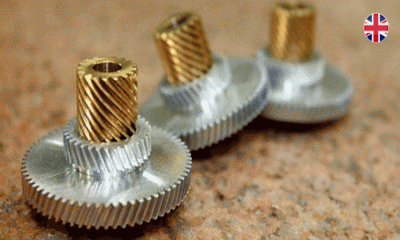
 Industrial Hardware and Machine Parts7 years ago
Industrial Hardware and Machine Parts7 years agoCustom hobbing tool enables 45-degree angles
-

 POWER TRANSMISSION TECHNOLOGIES3 years ago
POWER TRANSMISSION TECHNOLOGIES3 years agoEUROTRANS Board meets for its first session in 2021
